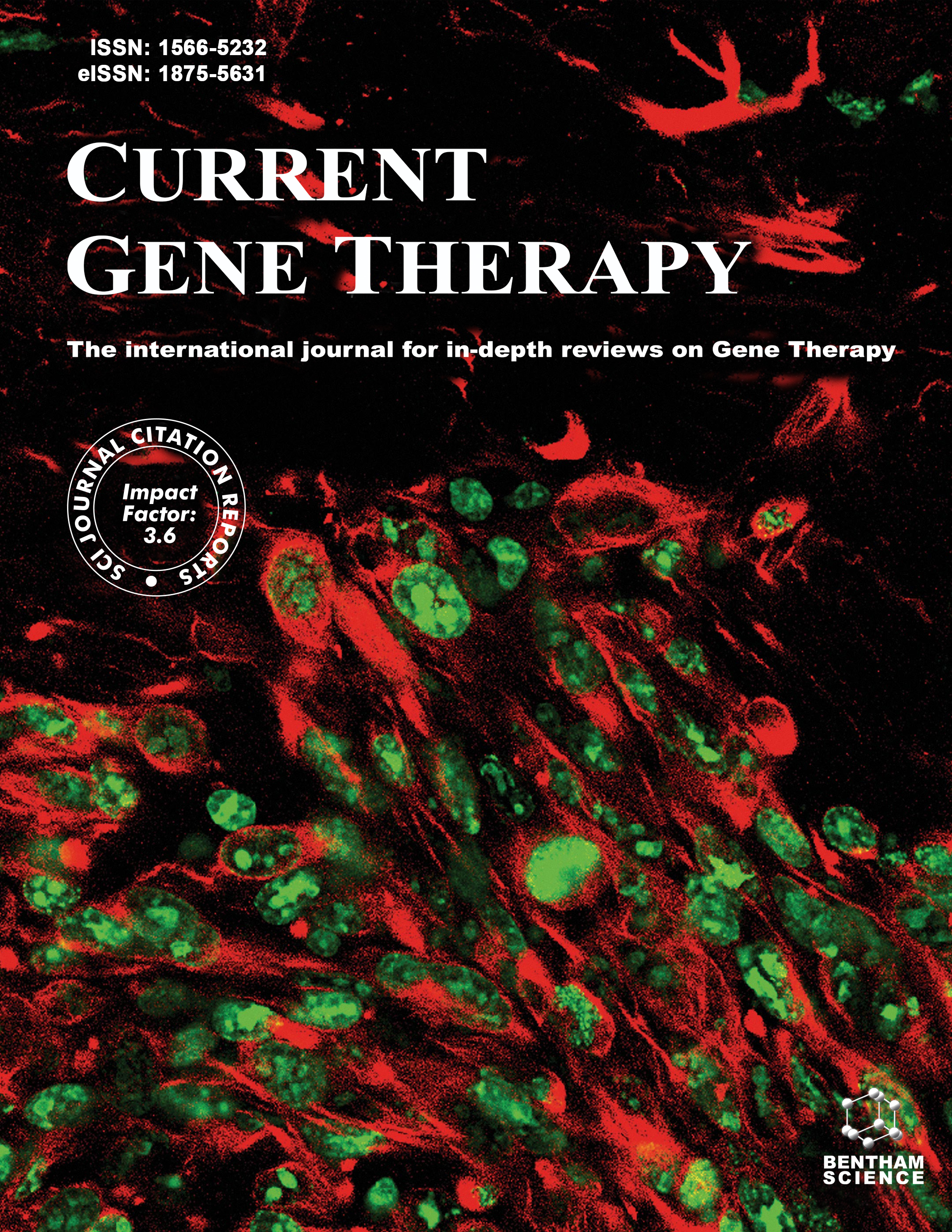
Full text loading...

The increasing approval of nucleic acid therapeutics has led to a significant advancement in medicines, demonstrating their potential to revolutionize the prevention and treatment of numerous diseases. However, challenges like nuclease degradation and difficult cellular delivery hinder their use as therapeutic agents. The rising demand for precise gene therapy delivery has positioned nanobiosystems as a groundbreaking solution, with their customizable properties enabling targeted and efficient delivery. Nucleic Acid therapeutics, encompassing antisense DNA, mRNA, small interfering RNA (siRNA), and microRNA (miRNA), have been rigorously investigated for their capacity to modulate gene expression. Notably, integrating these gene therapies with nanoscale delivery platforms has significantly broadened their scope, facilitating sophisticated advancements in bioanalysis, gene silencing, protein replacement therapies, and the development of vaccines. This review provides a thorough review of recent advancements in nanobiosystems for therapeutic nucleic acid delivery. We explore the unique characteristics of various nanobiosystems, including gene therapy-based delivery, nanoparticles, stimuli-responsive systems, smart nanocarriers, and extracellular vesicle-based delivery. We offer a detailed overview of their applications in nucleic acid delivery. Furthermore, we address biological barriers and strategies for the therapeutic delivery of nucleic acids. Ultimately, this review provides critical insights into the strategic development of next-generation delivery vectors for nucleic acid therapeutics.

Article metrics loading...

Full text loading...
References


Data & Media loading...